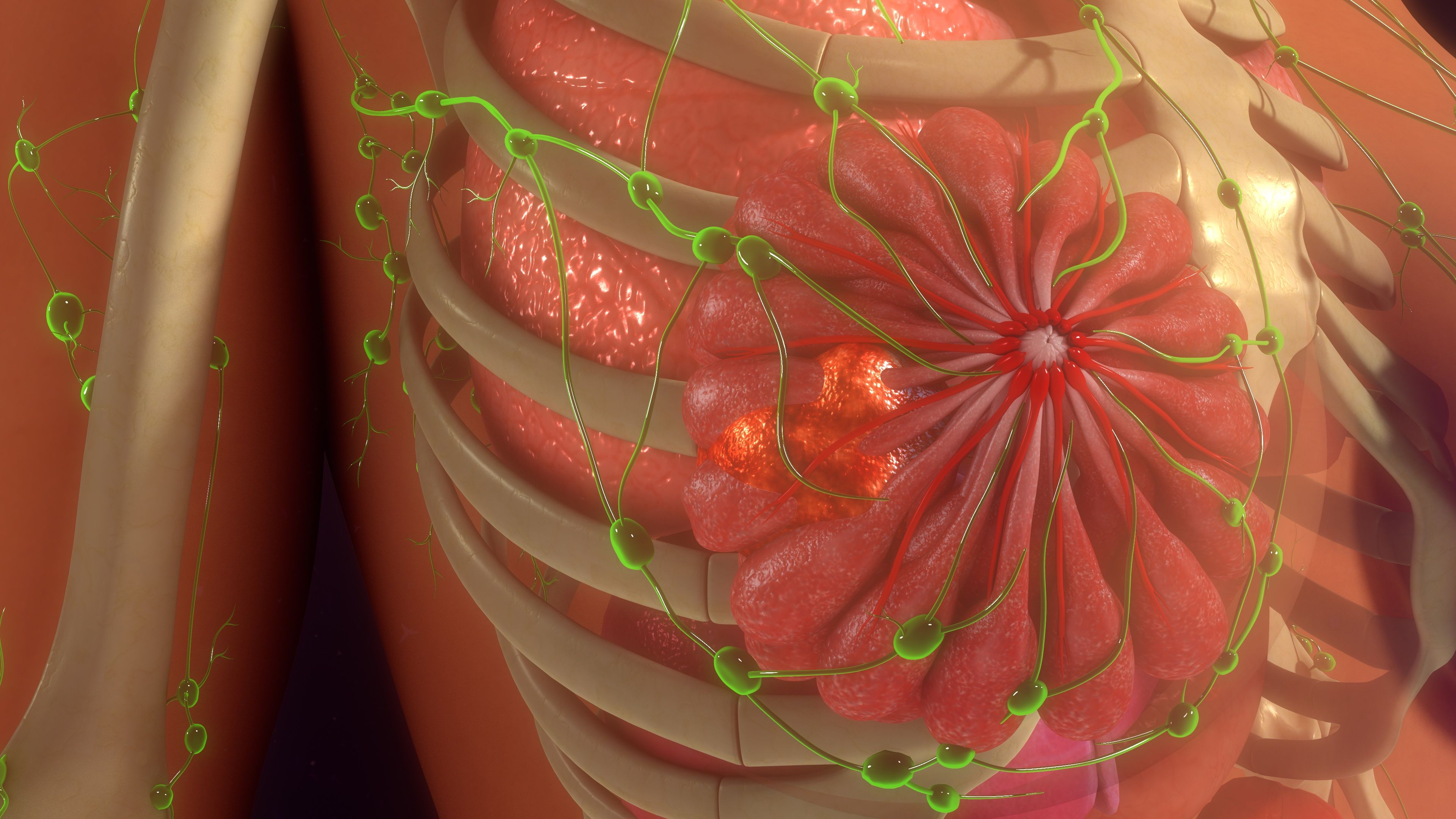Article
Is Radiation Therapy in Early-Stage Breast Cancer Always Necessary?
Author(s):
Women diagnosed with early-stage breast cancer have a variety of decisions to make regarding treatment, but it's important for patients to realize all of their options when making those medical decisions.
Frank A. Vicini, professor of radiation oncology for the Oakland University-William Beaumont School of Medicine in Rochester, Mich., has conducted extensive research primarily for targeting radiation with greater precision for women with early-stage breast cancer and on reducing short- and long-term morbidities associated with these treatments. Vicini, also the chief academic officer for Michigan Healthcare Professionals and 21st Century Oncology, explains why some women may want to consider hypofractionated radiation after diagnosis.

Women diagnosed with early-stage breast disease have a variety of decisions to make regarding their treatment options. For example, some women may be eligible for breast-conserving surgery, which typically includes a lumpectomy followed by radiation. Radiation treatment after a lumpectomy has traditionally involved irradiation of the entire breast with an external beam over 6 weeks.
Recent data, however, suggest it may be time to break tradition.
A study conducted by the University of Pennsylvania Perelman School of Medicine analyzed the frequency of hypofractionated whole breast irradiation (WBI) versus conventional WBI after breast-conserving surgery in the United States from 2008 through 2013. Researchers defined hypofractionated treatments as those spanning 11-24 fractions over approximately 3 weeks, and conventional as 25-40 treatments over approximately 6 weeks.1
It is important to address a common misconception about radiation treatments analyzed in this five-year study. The radiation volume for patients undergoing hypofractionated and conventional WBI are the same. However, the dosage per treatment is higher for hypofractionated, allowing a patient to receive the same total amount of radiation in a shorter time period. Both treatment types have the same effect on a cancer cell.
What researchers found is that although the percentage of patients treated with hypofractionation increased from 10.3 percent to 34.5 percent over 5 years, a majority of eligible women still did not receive this shorter, more intense course of radiation therapy.1 This means that a majority of women in the study who were eligible to receive the same amount of radiation in just three weeks unnecessarily received a longer course of treatment. Besides the inconvenience of a lengthier regimen, many women must travel some distance to receive radiation. The additional three weeks of radiation can put additional stress on patients with work and family responsibilities.
I believe that these results show that we, as healthcare practitioners, may be too slow to adopt newer techniques. Six weeks of WBI treatment has been the standard of care for years. Conventional radiation was the preferred method, in part because the benefits of delivering higher doses of radiation in a shorter period of time were unknown.
Efficacy the Same with Shorter Treatment
The primary concerns around radiation were, and continue to be, about the toxicity, cosmetic outcomes, and survival rates. However, we now have data that show shorter courses of treatments provide the same efficacy as conventional treatment and allow for better cosmetic results. Shorter courses of radiation, including accelerated partial breast irradiation (APBI), are just as effective at treating breast cancer (in appropriately selected patients), yet have not become standard with physicians in the United States.2 One of the reasons for this may be the uneven education among medical professionals.
I believe members of the oncology care team need to constantly educate ourselves, so we can better educate our patients. Underutilized treatments may be the best choice for a woman, depending on her unique situation. One of these shorter courses of treatment is breast brachytherapy, a five-day radiation therapy. While breast brachytherapy is less mainstream, I have treated women for 28 years with this method and have seen exceptional results.3
Breast brachytherapy is a form of APBI that delivers a dose of radiation from within the breast. The benefits of this approach to radiation are proven—reduced radiation exposure to healthy tissue, better cosmetic results, and fewer side effects for patients. Additionally, brachytherapy allows for additional treatment options in the event of a recurrence. With breast brachytherapy, radiation only reaches the targeted area most at risk. The rationale behind breast brachytherapy is to intensify treatment to the area most at risk for recurrence, treating just the affected part of the breast in order to control the cancer, reduce side effects, and improve overall quality of life.
It is important to note that for both the three-week regimen and APBI, selection criteria must be followed. Not all women are candidates for either approach, and proper patient selection is critical.
The most important factor in selecting a treatment is a doctor’s recommendation, so it cannot be stressed enough that patients are relying heavily on our expertise.4 Patients interact with you, the oncology nurses, first. Staying up to date with the latest treatment techniques to familiarize ourselves with many different options is necessary to appropriately advise patients.
Educating Patients About Options
The BC5 Project, an organization I work with that is focused on educating and empowering women diagnosed with early-stage breast cancer about their options, found that fewer than 1 in 10 women—just 7 percent—say that their doctor discussed brachytherapy with them.4 All women should be informed that brachytherapy is an alternative to a traditional course of WBI therapy over multiple weeks. We owe it to our patients to offer this knowledge and guidance.
Women with early-stage breast cancer have a wide range of breast cancer options, which is a great thing, but it can mean also mean making difficult choices regarding treatment. In order for patients to choose the best treatment option, they need to be offered the most up-to-date and accurate information. Without your hands-on interaction out of the gate, women may not be able to make the most informed decisions. With this in mind, it’s imperative to continue learning and expanding our knowledge base. Our patients are counting on us.
References
1. Bekelman JE, Sylwestrzak G, Barron J, et al. Uptake and costs of hypofractionated vs conventional whole breast irradiation after breast conserving surgery in the United States, 2008—2013. JAMA. 2014;312(23):2542-2550. doi:10.1001/jama.2014.16616.
2. Livi L, Buonamici FB, Simontacchi G, et al. Accelerated partial breast irradiation with IMRT: new technical approach and interim analysis of acute toxicity in a phase III randomized clinical trial. Int J Radiat Oncol Biol Phys. 2010; 77(2): 509-515.
3. Vicini FA, Kestin L, Chen P, et al. Limited-field radiation therapy in the management of early-stage breast cancer. J Natl Cancer Inst. 2003; 95(16):1205-1210.
4. BC5 Project. Infographic: Do You Know What Breast Brachytherapy Is? http://bc5project.com/wp-content/uploads/2014/09/BC5_InfographicCONSUMER2.jpg. Accessed January 5, 2015.




